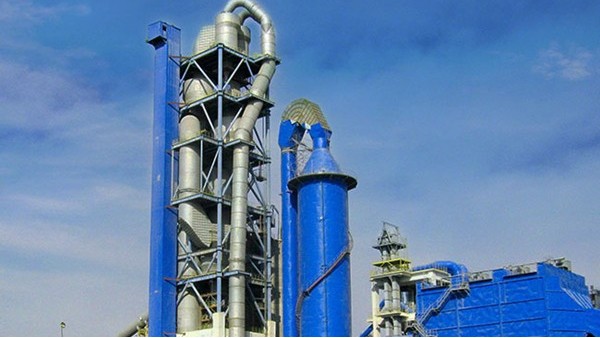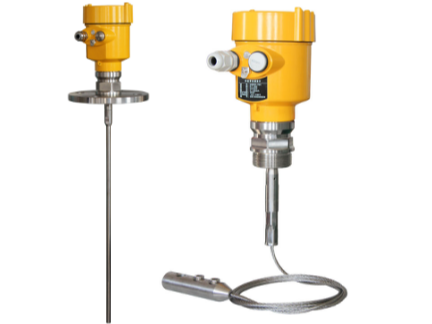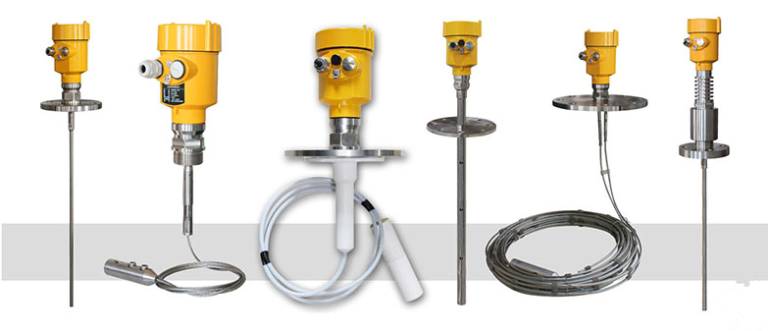Preheaters play a vital role in many industries as they warm up fluids by heating them to a preset temperature for subsequent processes.
Measuring the level of the preheater is essential to ensure proper operation and avoid overheating or overcooling situations. Guided wave radar level meters have become the most commonly used measurement instrument for measuring preheater levels.

Preheater level characteristics depend on operating conditions and fluid properties. The following are some common preheater-level characteristics:
High-temperature and high-pressure environment: Preheaters often operate in a high-temperature and high-pressure operating environment, so the level meter used needs to be able to work reliably under such harsh conditions.
Complex fluid media: preheaters may contain a variety of complex fluid media, such as water, oil, chemical liquids, etc. The level meter must be able to measure levels in different media and have a tolerance to changes in the media.
Fluctuating Levels: Levels in preheaters may fluctuate and change, which may be caused by fluid import and export changes, heating and cooling, etc. Accurate measurement of preheater levels is critical for timely adjustment of operation and maintenance.
Long-distance measurement: Preheaters often have poorly accessible sections, such as high heights and levels far from the measurement point. The level meter needs to be able to make accurate long-distance measurements and provide a reliable signal.

Guided-wave radar level meters have excellent stability and reliability as a technology for measuring preheater levels and are capable of operating in harsh environments for long periods of time.
They are able to withstand factors such as high temperature and pressure and vibration to ensure the accuracy of measurement results. Guided wave radar level meters are suitable for different media, such as liquids and solids.
They are able to cope with changes in fluid properties and provide reliable measurement results. Guided-wave radar level meters use high-frequency microwave signals for measurement, which can penetrate the medium and measure the precise position of the liquid level.
They offer high measurement accuracy and repeatability and are suitable for measurements at different distances, ranging from a few meters to tens of meters.
Regardless of where the level is located in the preheater, guided wave radar level meters provide accurate measurements. Guided wave radar level meters are often easy to install and can be integrated with existing preheater systems.

In a nutshell, guided wave radar level meters work based on the principle that the microwave signal passes through the medium and is reflected back to the sensor, and the level height of the medium is measured by calculating the reflection time.
The microwave signal emitted by the sensor is transmitted back and forth between the medium and the air and is then picked up by the receiver.
After converting the transmission time to a level, the sensor can measure the position of the liquid level of the preheater. The guided wave radar level meter can be applied to different media, such as water, oil, and chemical liquids.
Since the microwave signal penetrates the medium and returns to the sensor, fluctuations in the liquid level do not affect the measurement results.
In addition, the sensors are configured with programmable options to suit different media and measurement ranges, increasing the accuracy and reliability of the measurement.
Therefore, the guided wave radar level meter is very suitable for measuring preheater levels.
